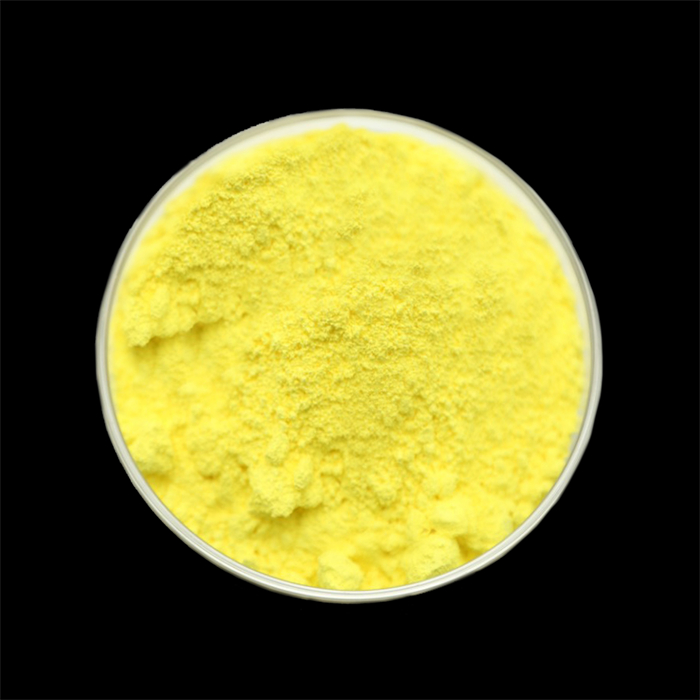
Road markings are essential for guiding drivers, ensuring safety, and maintaining order on our streets and highways. The pigments used in these markings play a crucial role in their effectiveness. This article explores the properties of different types of pigments used for road markings, highlighting what makes each type suitable for specific applications. Whether you’re a road safety professional, a chemistry enthusiast, or simply curious, this guide will provide you with an in-depth understanding of road marking pigments.
The Importance of Pigments in Road Markings
Why Pigments Matter
Pigments are not just about adding color; they significantly influence the performance, durability, and visibility of road markings. The right choice of pigment ensures that road markings remain visible under various lighting conditions, resist wear and tear, and endure harsh environmental factors.
Key Roles of Pigments in Road Markings
- Visibility: Ensuring that road markings are visible during both day and night.
- Durability: Helping markings withstand wear and tear from traffic and weather.
- Reflectivity: Enhancing the ability of markings to reflect light for better nighttime visibility.
- Environmental Resistance: Providing resistance to UV radiation, heat, cold, and moisture.
Types of Pigments Used in Road Markings
Pigments used in road markings can be broadly categorized into inorganic and organic pigments. Each type has its unique properties, benefits, and drawbacks.
1. Inorganic Pigments
Inorganic pigments are known for their stability, durability, and resistance to environmental factors. They are derived from minerals and metals, offering robust performance in harsh conditions.
a. Titanium Dioxide (TiO2)
Properties:
- High Brightness and Opacity: Titanium dioxide provides brilliant whiteness and excellent coverage.
- UV Resistance: It offers superb resistance to UV radiation, preventing fading and degradation.
- Non-Toxic and Environmentally Friendly: Titanium dioxide is safe for use in road markings.
Applications:
- Widely used in white road markings.
- Enhances the visibility and longevity of markings.
b. Iron Oxides
Properties:
- Color Variety: Available in red, yellow, brown, and black.
- High Opacity and Tinting Strength: Iron oxides provide strong color and excellent coverage.
- UV and Weather Resistance: These pigment withstand harsh environmental conditions.
Applications:
- Used for colored road markings (e.g., bike lanes, pedestrian crossings).
- Provides long-lasting color retention.
c. Chromium Oxide Green
Properties:
- Deep Green Color: Chromium oxide green offers a rich, stable green hue.
- Lightfastness and Weather Resistance: It maintains its color under prolonged exposure to light and weather.
- Chemical Resistance: Resistant to many chemicals, ensuring longevity.
Applications:
- Used for green road markings (e.g., bus lanes, bike lanes).
- Ensures durability in outdoor environments.
d. Lead Chromates
Properties:
- Bright Yellow and Orange Colors: Lead chromates offer vibrant hues with high visibility.
- High Opacity and Color Strength: Provides excellent coverage and strong color.
- Weather and UV Resistance: These pigment are durable but have fallen out of favor due to toxicity concerns.
Applications:
- Historically used in yellow road markings.
- Now largely replaced by safer alternatives due to health and environmental concerns.
2. Organic Pigment
Organic pigment are carbon-based and offer vibrant colors, though they generally have lower stability compared to inorganic pigment. Advances in technology have improved their performance, making them suitable for various applications.
a. Phthalocyanine Blue and Green
Properties:
- Vibrant Colors: Phthalocyanine pigment provide bright blue and green hues.
- Lightfastness and Weather Resistance: They maintain color under exposure to light and weather.
- High Tinting Strength: These pigment are strong and effective even in small quantities.
Applications:
- Used for blue and green road markings.
- Suitable for decorative and safety purposes.
b. Quinacridone Pigment
Properties:
- Color Range: Available in red, orange, and violet hues.
- Lightfastness and Weather Resistance: Quinacridone pigment are durable and fade-resistant.
- Color Strength and Transparency: They offer strong, transparent colors.
Applications:
- Used for colored road markings.
- Provides long-lasting and vibrant colors.
Comparing Inorganic and Organic Pigment
| Aspect | Inorganic Pigment | Organic Pigment |
|---|---|---|
| Color Range | Limited but stable colors | Wide range of vibrant colors |
| Durability | Highly durable and stable | Improved durability but generally lower |
| Environmental Resistance | Excellent UV and weather resistance | Good to excellent resistance with advancements |
| Opacity | High opacity and brightness | High tinting strength but may be less opaque |
| Toxicity | Generally low toxicity (except lead chromates) | Low toxicity |
| Cost | Generally higher due to mineral extraction | Can be cost-effective with synthetic production |




